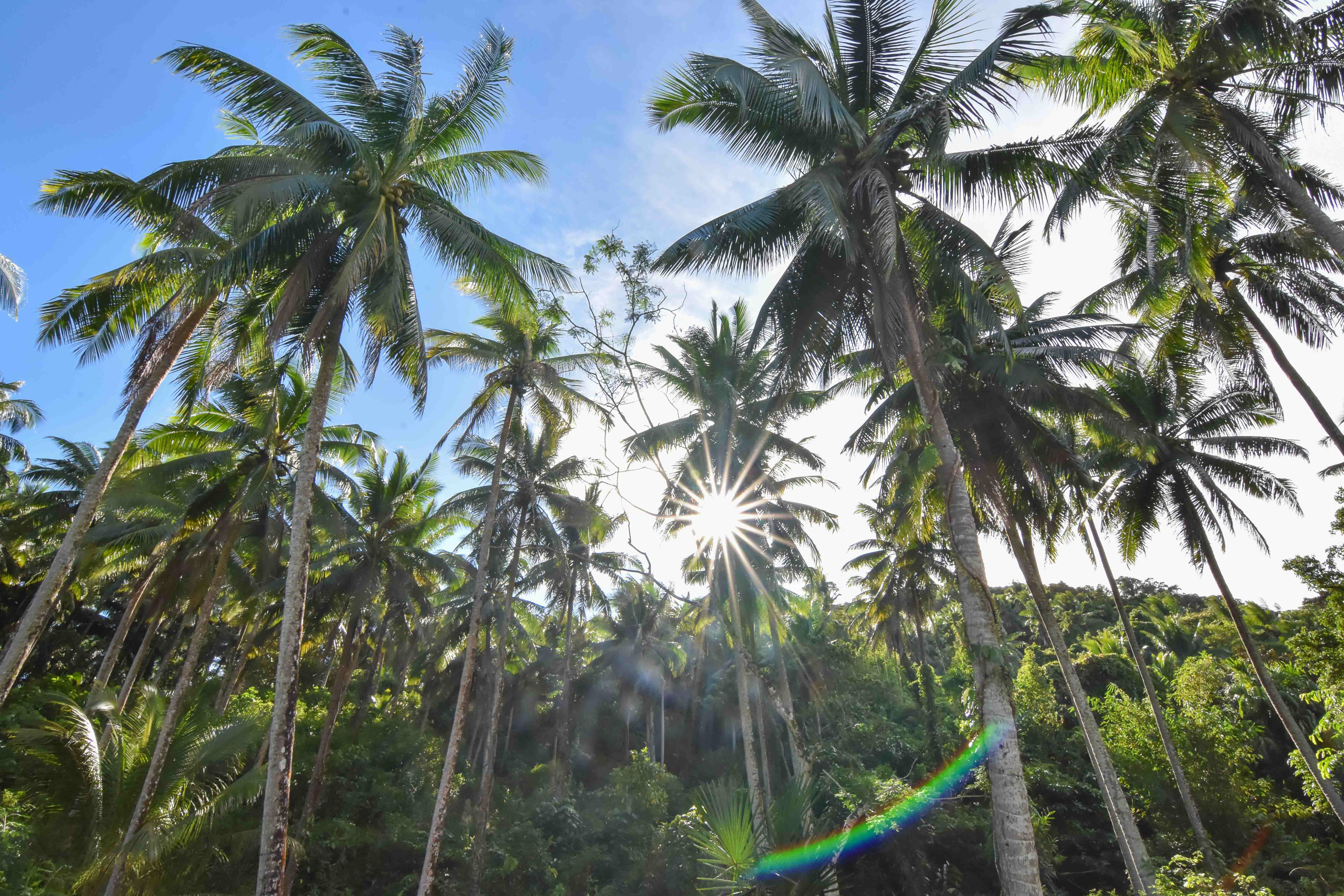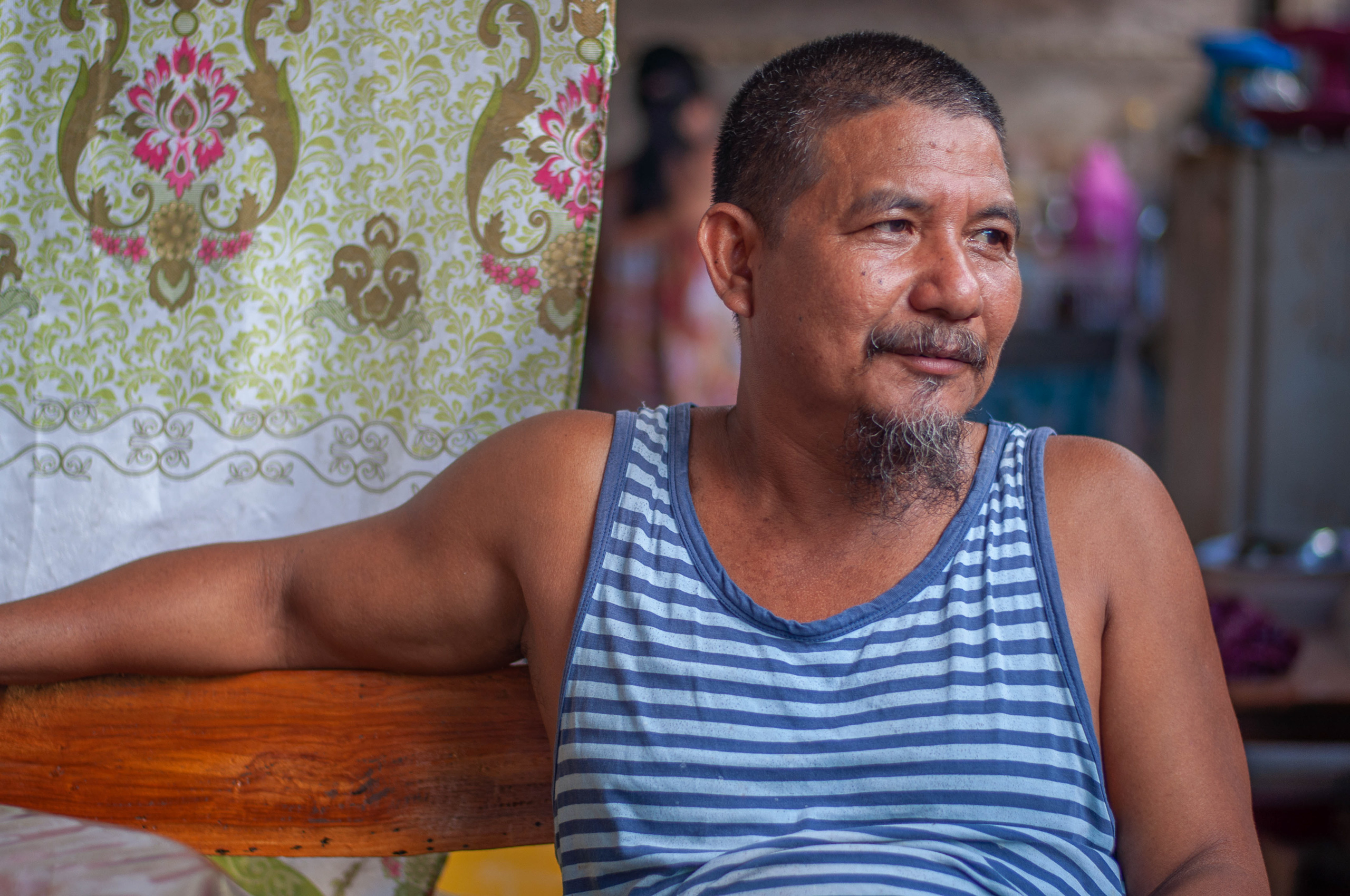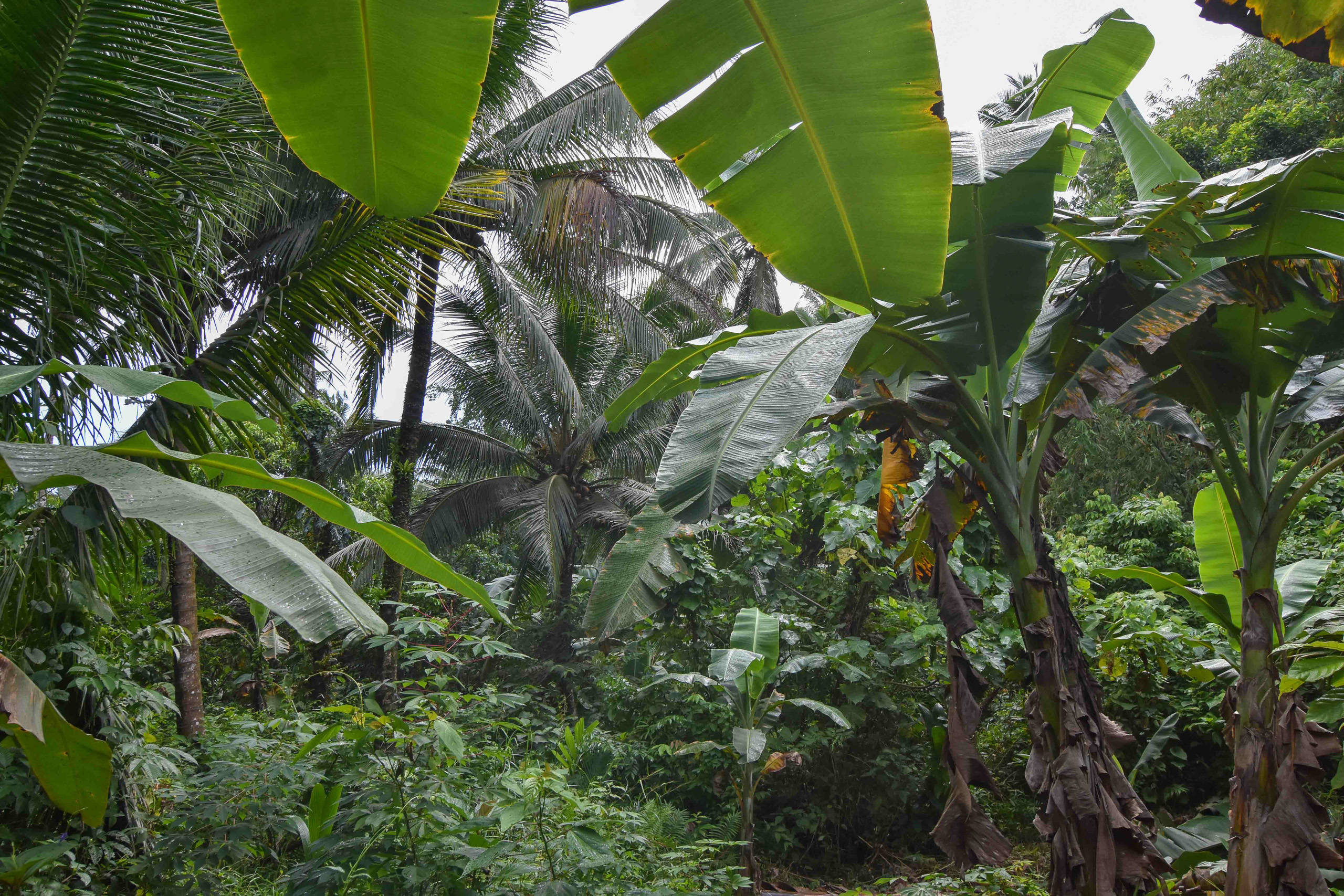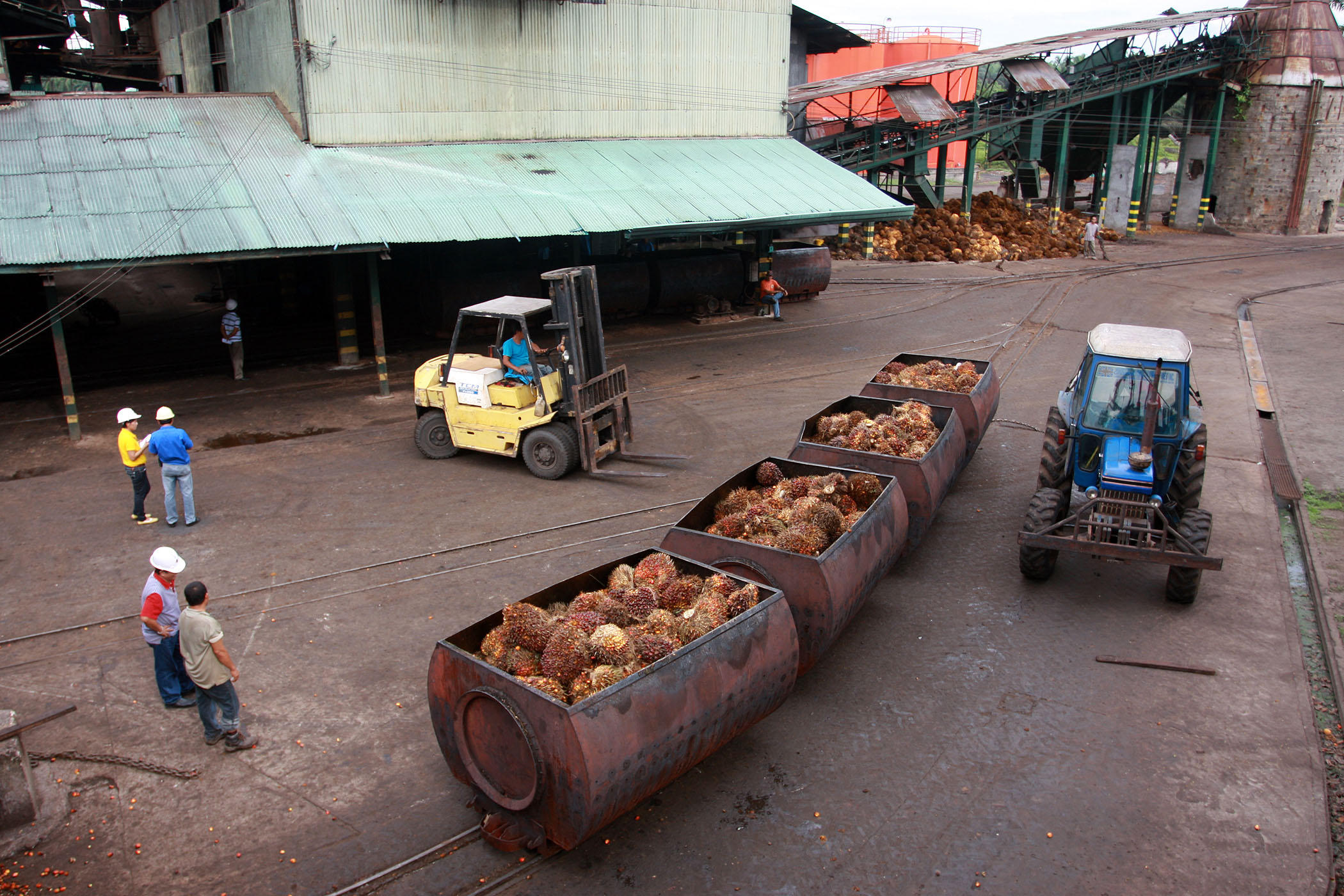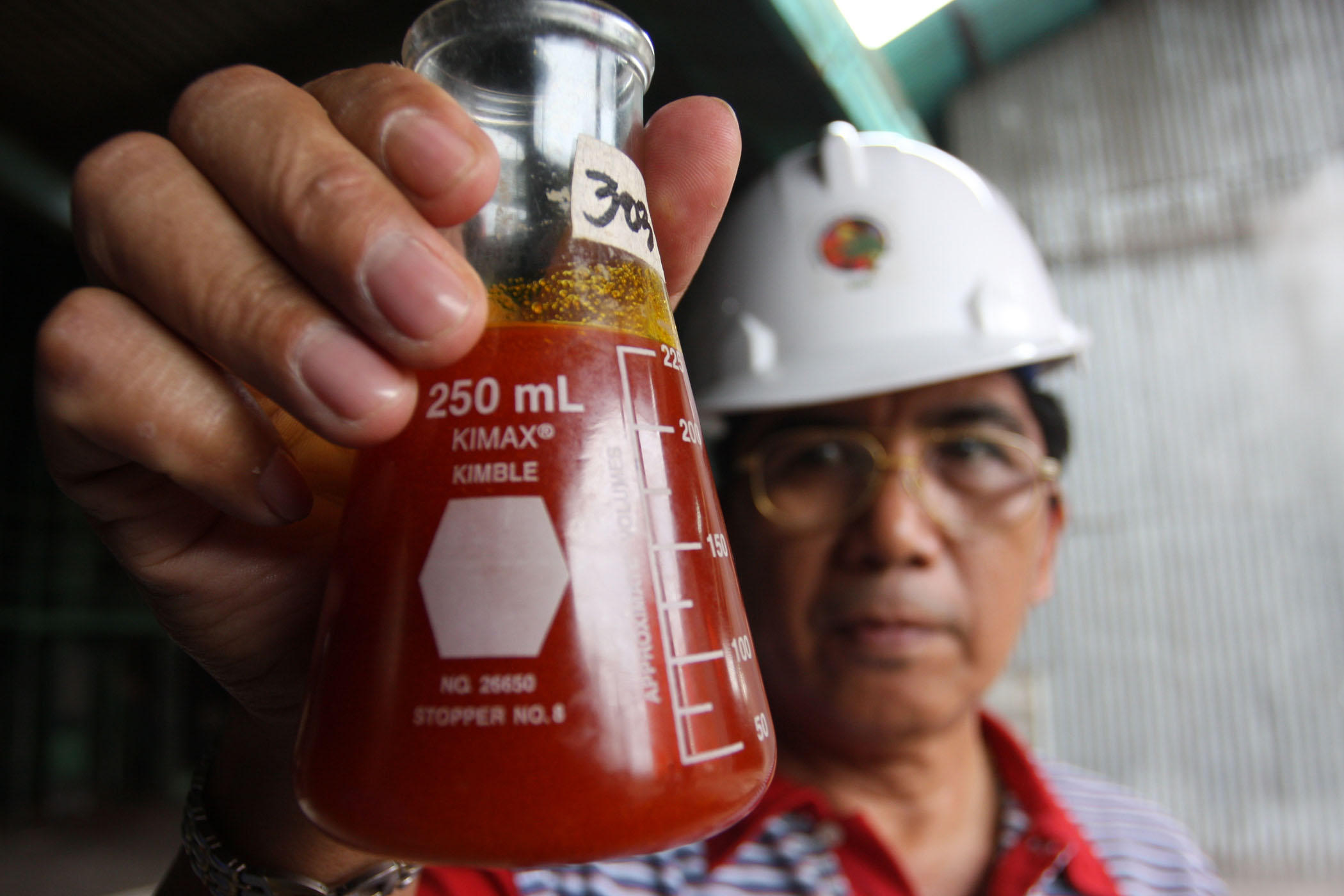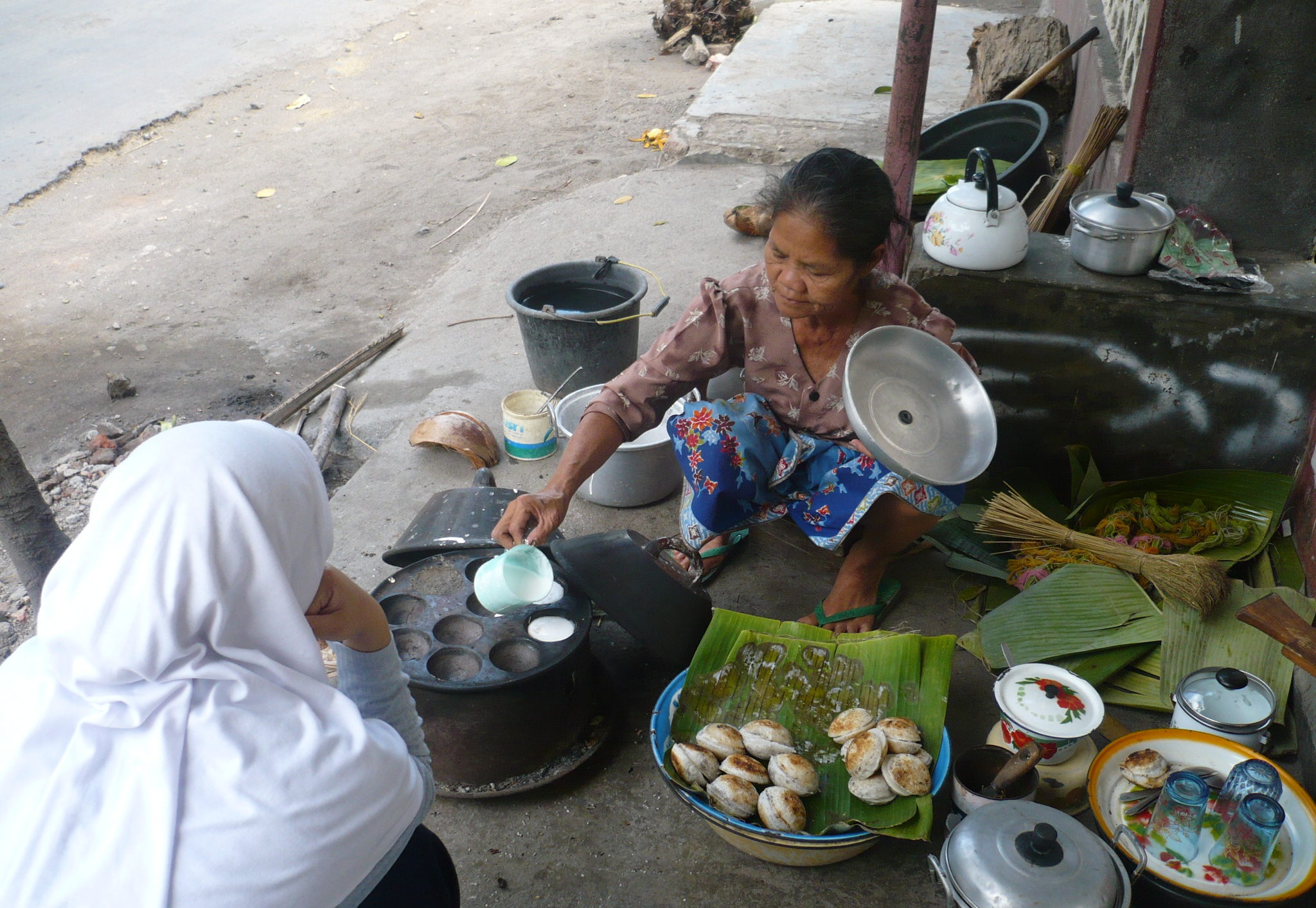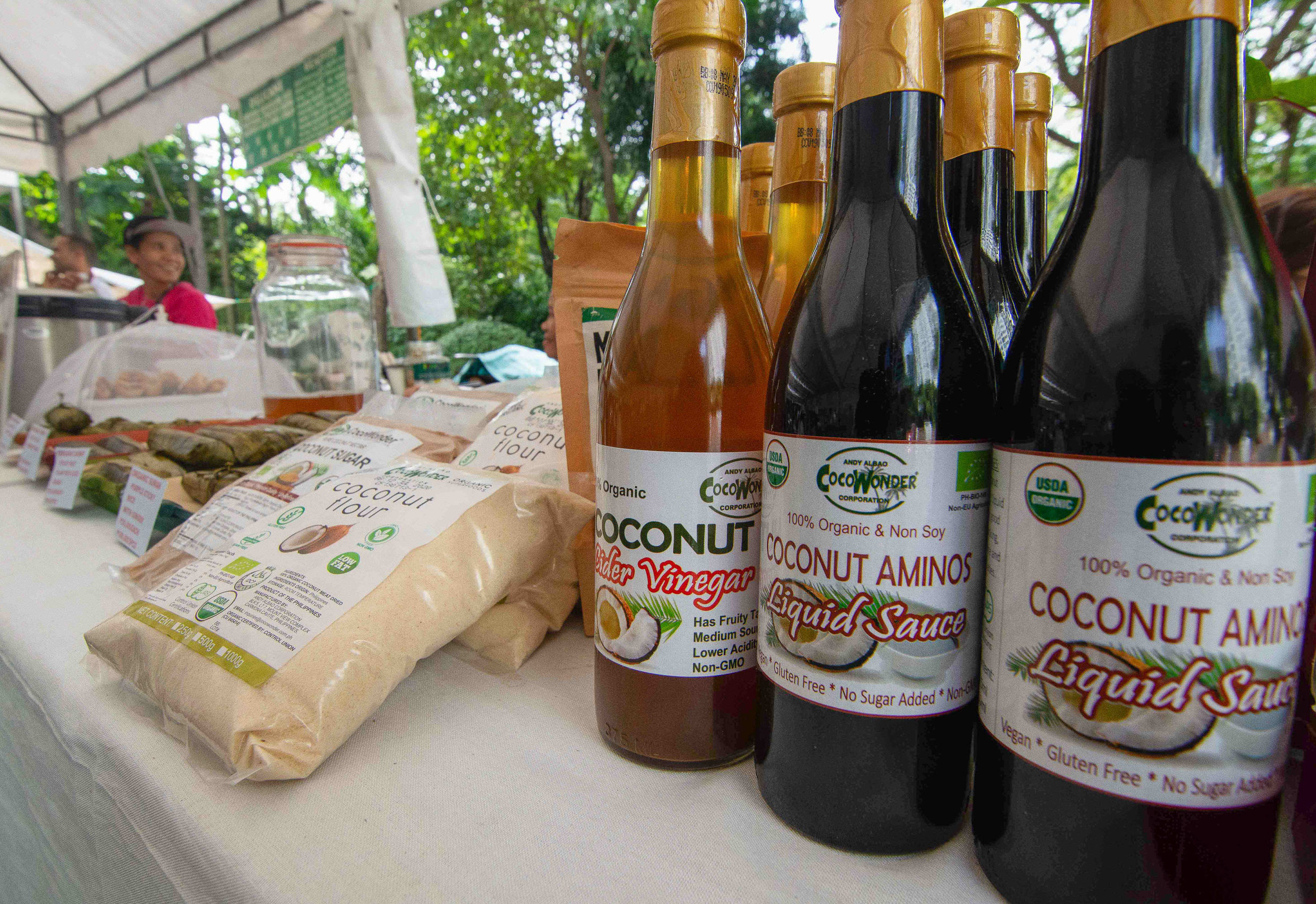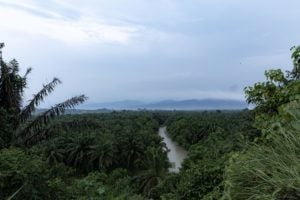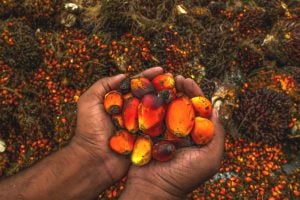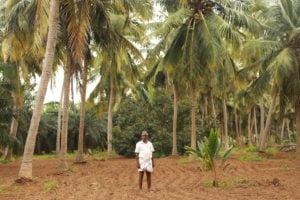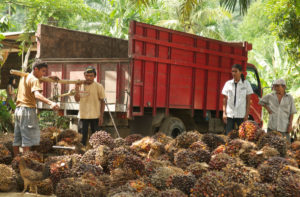When Amrizal Idroes was growing up in West Sumatra in the 1970s, he remembers how nearly no one had heard of palm oil. Back then, the Indonesian island of Sumatra was heavily forested, dotted with rubber plantations, and home to tens of thousands of small-scale coconut farmers.
“Riau province was one of the biggest areas of coconut,” said Amrizal, who has been working in the industry since 1984, and today leads the Indonesian Association for Coconut Product Manufacturers.
At his family’s house, their cooking oil came from coconut grown almost entirely by smallholder farmers. At local markets, the farmers also sold products like coconut sugar, coconut milk and dried coconut.
Today, oil palms cover much of Sumatra. Palm oil has replaced locally produced coconut oil in many Indonesian, Malaysian and even Filipino kitchens. Decades of under-investment and neglect mean both trees and coconut farmers are getting old, putting the future of production across the region at risk.
“Coconut is dominated by smallholders, and the issues they are facing, including low productivity, low investment and lack of access to markets, are creating a vicious cycle,” said Chandra Pandjiwibowo, senior director for Asia-Pacific at the Rainforest Alliance.
The oil palm versus the coconut
Long before the Dutch brought the oil palm from West Africa to Southeast Asia in the 1840s, coconut palms grew across the region, from India to the islands of the Pacific. Some spread due to trade routes, but the ability of a coconut to float on the ocean for days helped.
Unlike the oil palm, which mainly produces oil in various forms, coconut palms produce a wide variety of products. In Java, coconut sugar production remains prominent, while Thailand has become a major exporter of coconut water and milk. Indonesia and the Philippines, the two largest exporters of coconut oil, mainly export the refined, bleached and deodorised (RBD) variety. This processed product is similar to refined palm oil, being semi-solid at room temperature and usable in many of the same applications. In fact, globally, prices for RBD coconut oil and crude palm oil tend to be similar.
“Both crude palm oil and coconut oil are listed in the same exchanges, sometimes in the same charts,” said Haigan Murray, co-founder of the Coconut Knowledge Center, an Indonesia-based non-profit. “They are linked at a commodity level, but they are delinked at the agricultural level.”
Coconut oil is produced from copra – dried white coconut flesh that can be easily transported without the need for refrigeration. In the Philippines, traders collect whole coconuts and copra to sell to local and global trading companies.
Basilio Sabiduria, 51, has been a copra trader since 2010, purchasing from farmers around General Nakar, in Quezon province, and selling to various factories. Prior to that, he was a coconut farmer.
“Generally, I buy copra for 15 pesos (US$0.28) a kilo, and sell it for 20 pesos (US$0.37),” said Sabiduria. He laments how little power farmers and local traders like him have. “Mills… have direct control over prices since copra farmers don’t have much of a choice when it comes to negotiating prices. They buy low from copra farmers, and sell processed copra for a high price.”
According to the United Coconut Association of the Philippines, one reason for low prices is competition from palm oil, imported from Indonesia and Malaysia. When palm oil prices are cheap, copra prices fall, making it hard for farmers to make a living. The worst episode came in 2019, when copra prices dropped to just 12 pesos (US$0.22) a kilo.
“Then, coconut farmers would just let the coconuts fall on the ground, since processing coconuts to copra just wasn’t worth it in terms of labour and profit,” said Jun Pascua, director of the National Peasants Movement, a Filipino association that represents coconut farmers.
For many farmers, low prices are not enough to live on. Sabiduria has seen more and more of the farmers he purchases copra from taking on other jobs. And this is a problem all across the country, according to Christopher Matthew Ilagan, who leads the Coconut Working Group of the Philippines Partnership for Sustainable Agriculture.
“Coconut production, alone, is not enough to maintain a living income for households,” said Ilagan. “The farmers we deal with, many have alternative income streams. They are tricycle operators, or work in local construction.”
One impact of this is that many coconut palms are being neglected, and replanting, which should take place every few decades, is no longer happening. The result: today, millions of coconut palms are beyond their peak productivity, with many becoming senile, and producing fewer and fewer nuts.
“Because of this pattern of price increases, decreases, no stability, farmers are not induced to replant, as there is no guarantee about the future price of the nuts,” said Amrizal. Indonesia’s annual production has stagnated in the last decade, he explains, adding that the planted area is decreasing. “If there is no serious action taken by all stakeholders, the industry will see continuously decreasing production and decreasing export value.”
Old industry, new challenges
Coconut oil faces an uphill battle in competing with palm oil. Oil palm is heavily industrialised, with large plantations responsible for roughly 60% of Indonesia’s planted area, and smallholders accounting for 40%. Coconut, by contrast, is almost entirely grown by smallholders on farms of less than two hectares. In fact, the Coconut Knowledge Center estimates that smallholders grow more than 98% of all coconut produced in Southeast Asia.
“Palm oil has capital, big companies, and they are well managed,” said Amrizal. “So they regularly improve their plantations. But coconut belongs to the smallholder, and the smallholders are very weak.”
In Sumatra, coconut farming has been heavily displaced by the growth in palm oil and paper pulp plantations. The main region for coconut production now is eastern Indonesia, especially the island of Sulawesi. In the Philippines, Quezon province, on the island of Luzon, is a major producer along with the island of Mindanao, in the south of the country.
In 2021, Indonesia exported 332,649 tonnes, and the Philippines 174,047 tonnes, of coconut oil, with the United States, China and Germany the top importers. India is one of the largest producers as well, though most of its coconut is consumed domestically.
This pales in comparison to oil palm. Indonesia exported 33.7 million tonnes of crude palm oil in 2021, with the commodity playing a major role in the national economy.
“Palm oil has policy, funding, focus, strategy, investment, all of that,” said Murray of the Coconut Knowledge Center. “It has shone so brightly as a business that coconut has been overlooked in Southeast Asia.”
In the Philippines, domestic consumption has shifted, with imported palm oil now the oil of choice for many Filipino consumers, according to Ilagan. In India, too, palm oil’s use has grown rapidly. The country is now the largest importer of crude palm oil, bringing in 7.1 million tonnes in 2021, mainly from Indonesia and Malaysia.
This is partly why, in both the Philippines and India, governments are trying to replicate Indonesia and Malaysia’s success by attracting investment into palm oil. That is concerning, says Murray. “Both countries don’t have much land that would be suitable for oil palm, other than land where coconut is growing,” Murray said. “Coconut in India and the Philippines would be impacted by any growth in palm oil.”
Reviving sustainable coconut oil
The years of under-investment, concerns about slowing production, and global attention on the need for sustainable agriculture have led many industry actors to conclude that something needs to be done to ensure the future of coconut production.
At the 2019 annual meeting of the Roundtable on Sustainable Palm Oil (RSPO) in Kuala Lumpur, Malaysia, a side event was organised to discuss creating a platform for collaboration on sustainable coconut oil.
Many of the companies trading coconut are also involved in palm oil. Cargill is a major player in both commodities, and other actors, such as Barry Callebaut, Olam and AAK, are also active in both markets.
“AAK was a founding member of RSPO,” said Seng Bee Ng, a sustainability manager at AAK. “We have seen its success in the palm oil industry, and thought it would be good to mirror the good practices… into coconut.”
After four years of industry meetings, collaboration and planning, this year will see the launch of the Sustainable Coconut Partnership.
Unlike the RSPO or similar initiatives in soy, rubber and cacao, this roundtable is not aimed at addressing issues like deforestation or child labour. Instead, it wants to tackle the systemic issues threatening the future of coconut, while seeking to create new, sustainable models. It won’t provide certification like the RSPO, but it does hope to create common standards for sustainability, while incentivising more investment into smallholders and replanting.
On the ground, too, there are efforts to revitalise coconut. In Rizal municipality, on the Philippine island of Palawan, Lionheart Farms is collaborating with the Palawan Indigenous community, leasing land and planting new coconut palm varieties, and doing all the processing on-site.
“It’s the nuclear estate model, the same mechanism as palm oil, applied to coconut farming, but in a very community-oriented, socially acceptable way,” said Christian Eyde Moeller, Lionheart’s CEO.
Lionheart gives 50% of the harvest to the community, and has committed to providing at least one job that pays a living wage to every family. Tribal elders are on Lionheart’s board, and Moeller said they ensure that community members are present at every meeting and that decisions are made collectively, following the local tradition.
“They are an old civilisation, and are anchored in four principles in their adat, or traditional values: sharing in work, parity in exchange, compassion, and dialogue,” said Moeller. “That is completely aligned with our business model.”
Lionheart, though, has so far focused only on selling higher-value niche coconut products, including coconut aminos, sugar and vinegar, mostly to western markets. Coconut oil, which has to compete with palm oil, is not currently attractive financially, says Anders Haagen, Lionheart’s director.
“At some point, we will go into the traditional coconut market,” said Haagen.
On the Indonesian island of Flores, RCA Carbon, a project led by Murray’s Coconut Knowledge Center, is aiming to tap into another revenue source in the future: carbon offset credits.
“Coconut is a perennial tree, and they are great at removing and sequestering carbon,” said Murray. “Right now, coconut is so wasteful. Shells, old trees, left on the ground to rot, and produce greenhouse gases. We want to turn this waste biomass to biochar, and put it back in the ground.”
Biochar, a charcoal-like substance made by burning organic material that can be applied to soils, has been identified as a promising carbon sequestration technology, and Murray is hopeful to tap into the growing global climate finance space.
“You are talking to a bank or funder about coconut, and they don’t get it.” said Murray. “But if you are talking about coconut in the context of biodiversity, climate change and food security, as a new business model, now that’s different.”
Lionheart now has 3,500 hectares of coconut palms, grown in a checkerboard plantation surrounded by natural forests. RCA Carbon hopes to lease 500–800 hectares in Flores. Compared to the millions of hectares that are covered by oil palm, these figures seem insignificant. But Murray hopes that demonstrating a sustainable business model for coconut will spur more investment.
“Coconut is lacking any kind of small or medium investment into the sector,” said Murray. “We need to find a way to create an enabling environment, where private investment is willing to come.”
For Amrizal, these new models are great, and hopeful, but he sees a more pressing need – replanting and ensuring that smallholders don’t give up their coconut plantations. For that, he would like to see the Indonesian government do more.
“Government is not seriously undertaking a programme of replanting,” said Amrizal. “The president, a few months ago, introduced a programme to introduce new varieties, but [it seems] to be too small compared to the future demand.”
Amrizal does not see the thriving coconut industry of his youth ever returning. But he still hopes that coconut, Southeast Asia’s traditional food oil, can remain part of the region’s culinary and agricultural future.
“Not all the properties of coconut can be replaced by crude palm oil,” said Amrizal. For example, an authentic rendang requires both coconut oil and milk. He also sees hope in the growing global market for virgin coconut oil and coconut water, and has been encouraging his members to shift to these higher-value products.
“I am sure coconut will still survive in the future, even if the production supply is never competitive with palm oil.”
